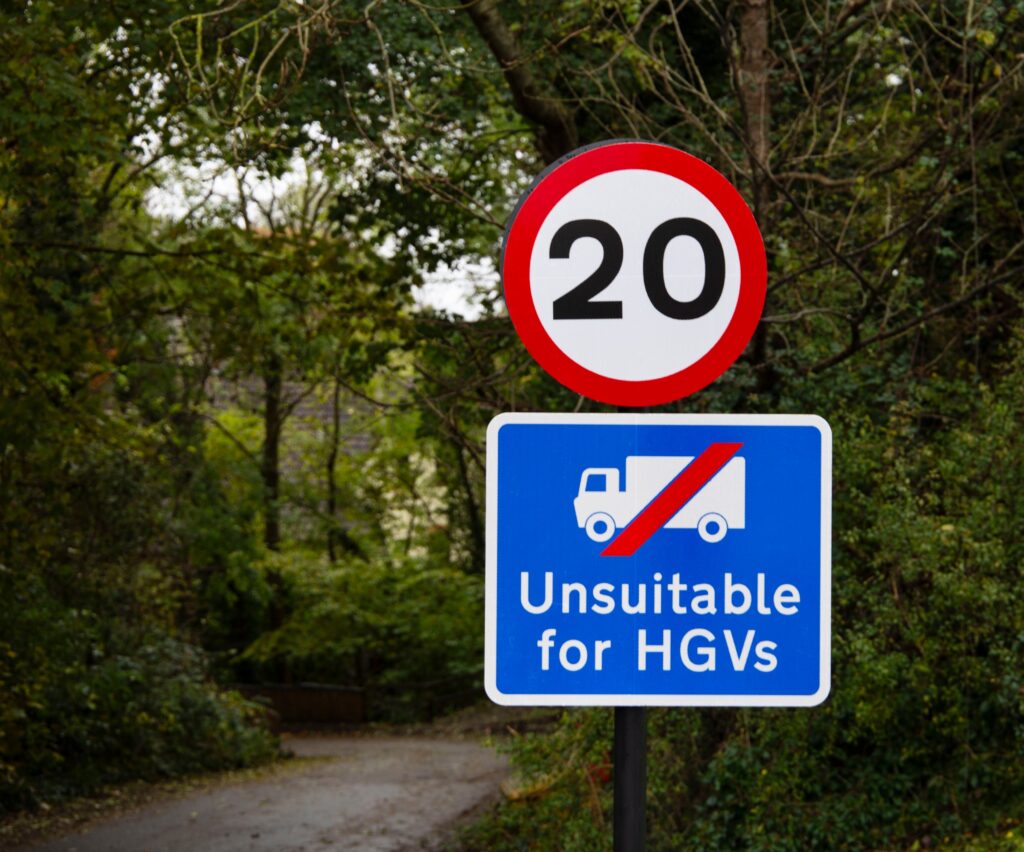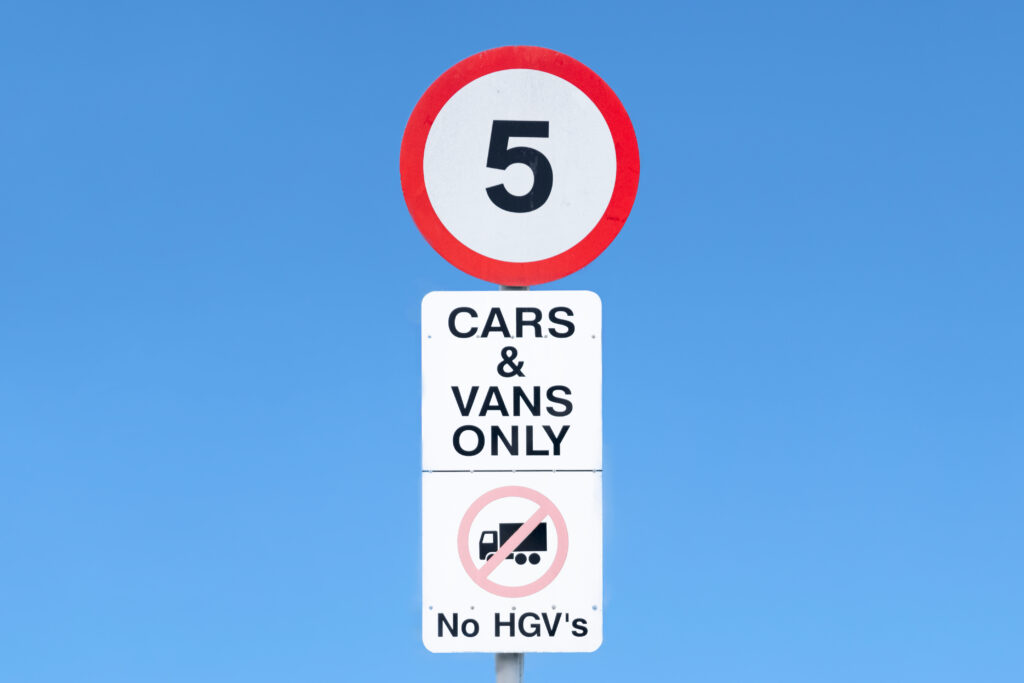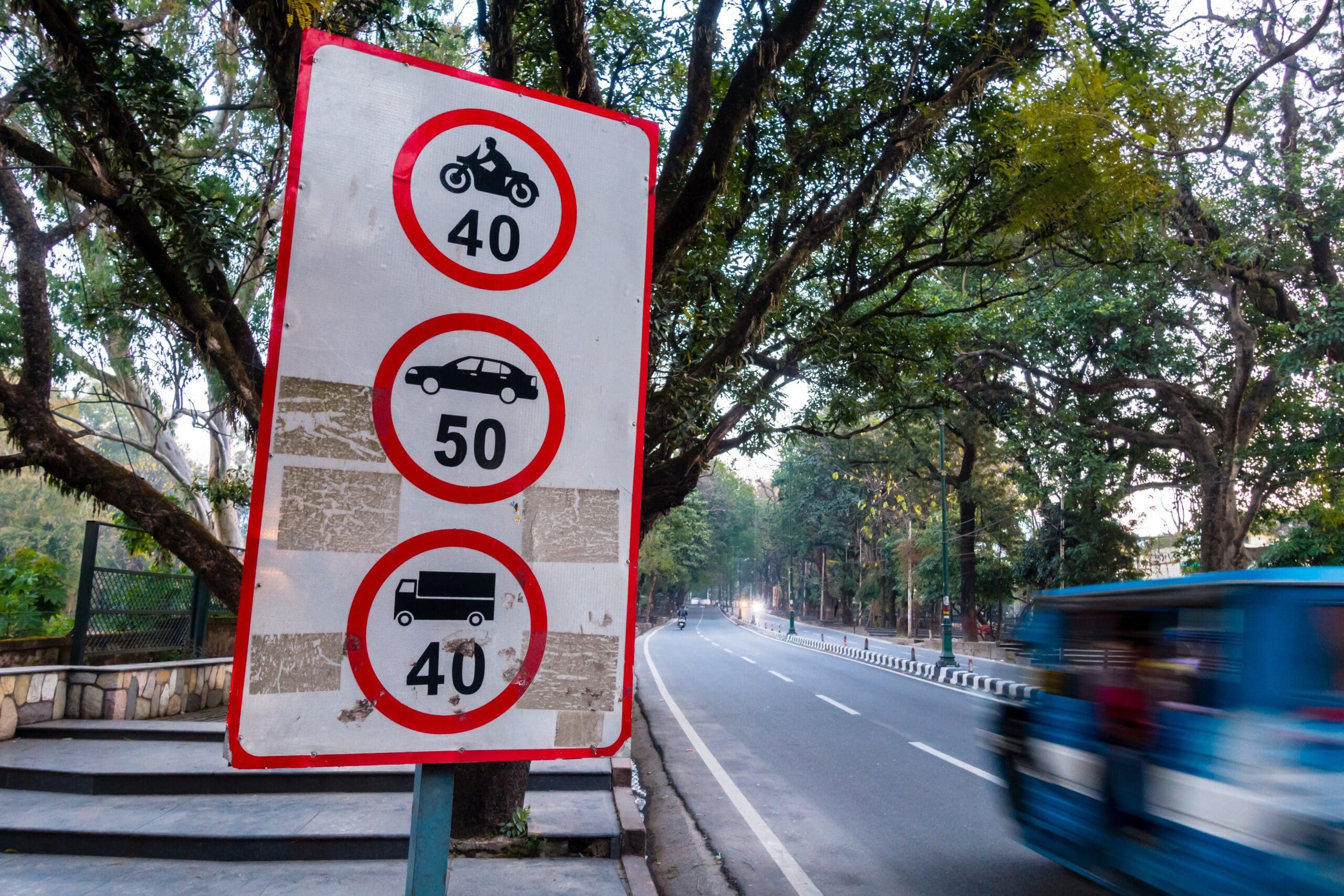Table of Contents
If you’ve been looking into becoming an HGV driver, or if you’ve noticed an abundance of HGVs on the roads around you (there’s plenty out there for a reason!) you may have asked yourself just how fast these large vehicles are allowed to go.
The speeds HGVs are allowed to travel at may be affecting your decision-making when considering HGV training – which makes complete sense! Maybe you don’t want to feel too restricted when you’re behind the wheel, or at the other end of the spectrum, maybe you don’t want to be driving too fast.
Technically, there’s no minimum speed limit that applies to all motorways, but both views are valid. You want to go fast enough to deliver your goods on time while remaining within the boundaries of the law.
Either way, if you’ve been wondering the answer to this question, it turns out it depends on numerous factors, such as national speed limits, where in the country you’re driving, and the specific roads you’re driving on. Following a standard national speed limit sign might not be the right move. But don’t worry, HGV Training Network is here to offer all the answers.
Did You Know: HGV Training Network is home to 50 HGV training centres scattered across the country? Find your nearest training centre today!

Things you may need to know about HGV speed limits
HGV speed limits on UK roads
On standard UK roads (also known as roads in ‘built-up areas’) HGVs are limited to going the same maximum speeds as other cars on the road – with current speed limits for these areas capped at 30mph.
But given their impressive size and weight, along with the restrictions of such vehicles operating in tight-knit areas, this comes as no surprise and is in the best interests of the local area in terms of safety. This counts for all types of HGV, no matter the weight or size.
HGV speed limit dual carriageway
On a dual-carriageway, the rules begin to change slightly, with the Scottish sometimes adopting different speeds than the rest of the UK (more on that in a moment).
In the UK, heavy goods vehicles up to 7.5 tonnes in weight must go a maximum of 60mph, with the same speed limits applying to HGVs over 7.5 tonnes.
HGV Training Network can help aspiring drivers take the reigns of a variety of different large vehicles – click here to find out more!

HGV speed limit dual carriageway Scotland
When driving on Scottish dual carriageways, HGV drivers must remember that lower speed limits apply. If their vehicle is over 7.5 tonnes in total weight, the maximum speed they’re permitted to go is 50mph.
HGV speed limits on motorways
On UK motorways, the rules vary depending on the weight and type of HGV you’re driving. HGVs up to 7.5 tonnes in weight may follow the same speed limits as other standard cars in the adjacent lanes, with a maximum speed limit of 70mph.
However, if a vehicle of the same weight is articulated (if it can bend in the middle) the maximum motorway speed limit is reduced to 60mph. Vehicles over 7.5 tonnes, however, must reduce their top speed to 60mph – this is true in England, Wales, and Scotland.
HGV speed limiter regulations
A speed limiter does exactly what it says on the tin – it’s a device that’s fitted to a vehicle which allows the user to set their own speed limits a vehicle can physically travel, to avoid accidental speeding or drivers simply moving at speeds that create danger for both them and those around them.
Today, most new cars come with a speed-limiter function, for safety-conscious drivers. However, in the HGV business, speed limiters are commonplace due to the law.
Rules set out by the government dictate that speed limiters must be applied to:
- Vehicles with over eight passenger seats, including buses, minibuses, etc.
- Heavy goods vehicles with a total weight of over 3.5 tonnes
This includes the vast majority of larger heavy goods vehicles. Meaning if you’re planning to drive these HGVs as a career, chances are your vehicles will almost always be fitted with a speed limiter.
At the other end of the spectrum, it’s also advisable for new drivers to look out for signs for minimum speed limits, as rare as they are. These are usually found in areas where slow-moving vehicles can cause a safety hazard and are highlighted in a blue circle with a white number, so it’s worth keeping in mind.

Ready to enter the world of HGV driving? Speak to HGV Training Network
Now that you’re aware of the HGV speed limits UK drivers need to know, you’re more than ready to begin your training at HGV Training Network!
Our friendly team of experienced, professional drivers is ready and waiting to give you the knowledge and qualifications you need to drive HGVs for a living. Plus, with 50 training centres to choose from, there will always be somewhere for you to learn the ropes that are not a million miles from your doorstep!
Click the link below to start your HGV training journey today or speak to one of our advisors about our enticing HGV training finance packages.








